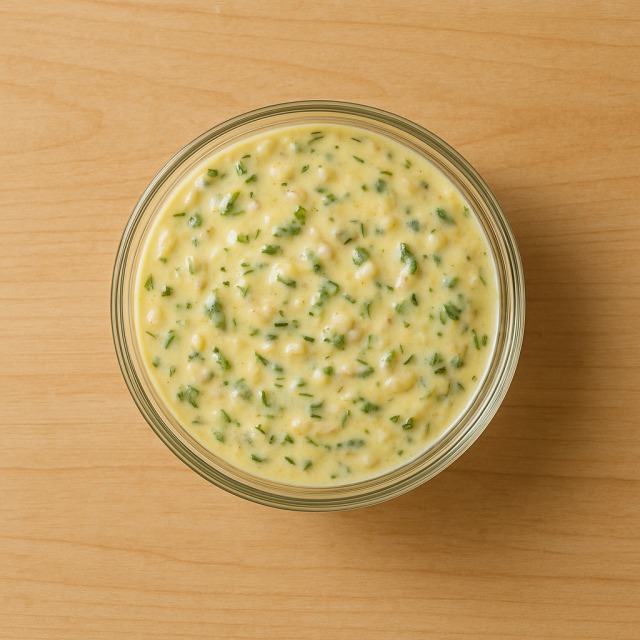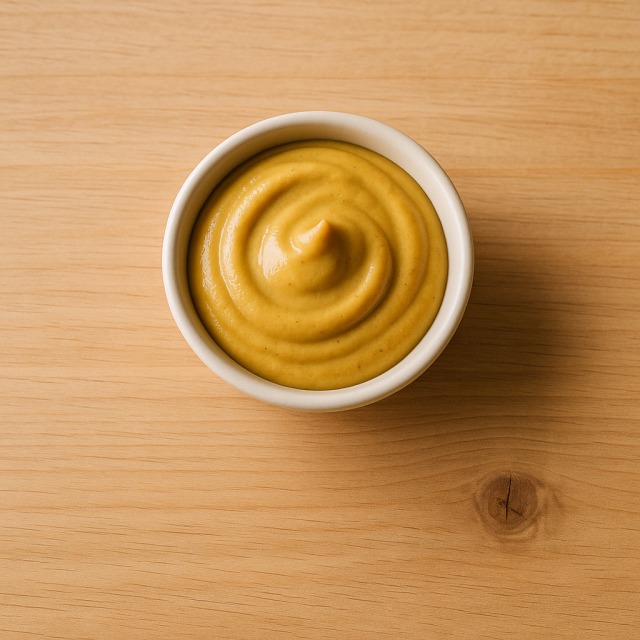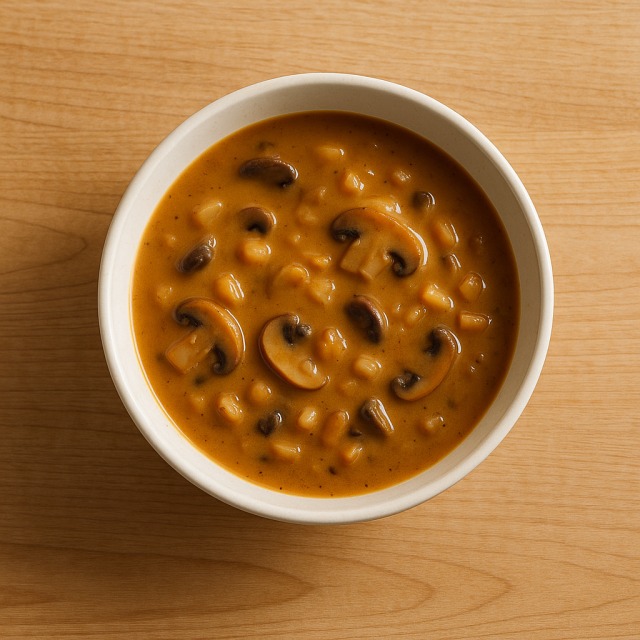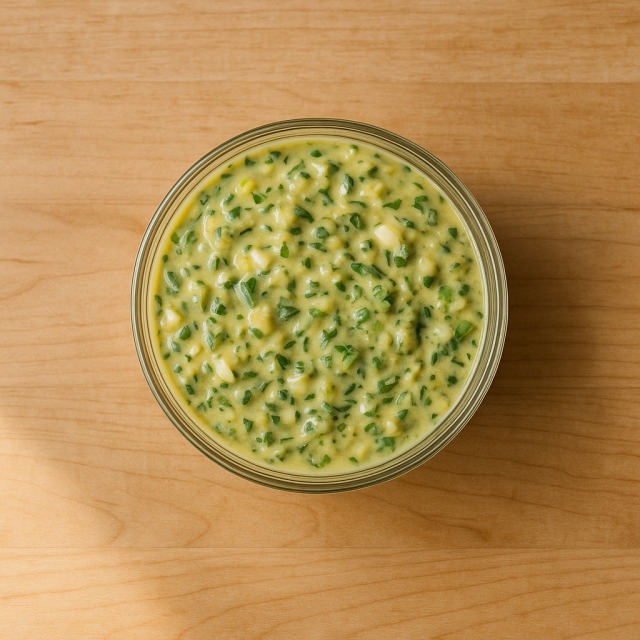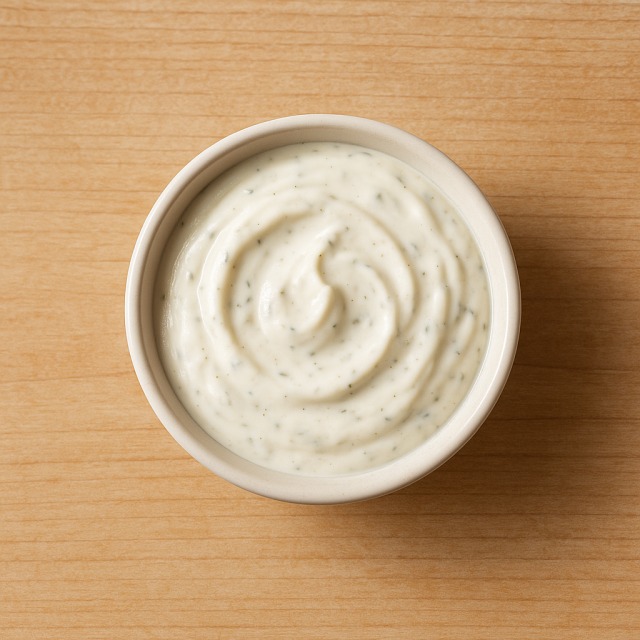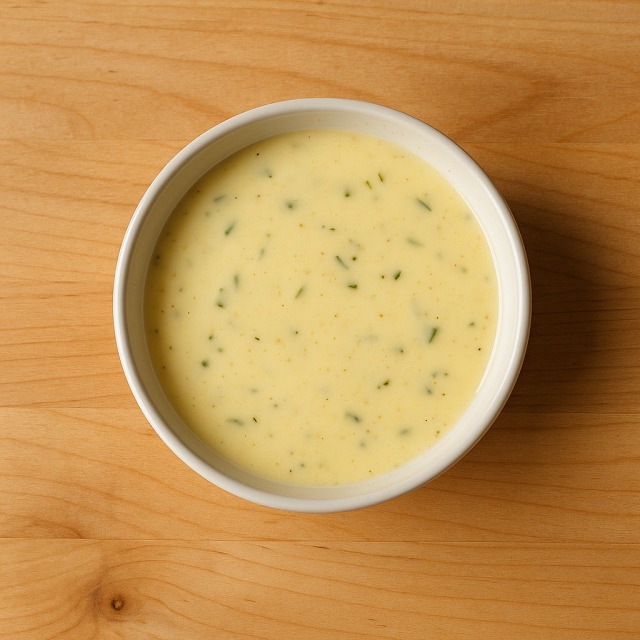Calorie Chart / Seasoning & Sauces / Hollandaise sauce
How Many Calories Are in Hollandaise sauce?
Calculation of the nutritional value & Recommended Dietary Intake of hollandaise sauce
For g and a calorie requirement of kcal
| Calories 45 kcal | Proteins 0.2 g | Lipids 4.7 g | Carbohydrates 0.6 g |
| 2% | 0% | 7% | 0% |
Health benefits of hollandaise sauce
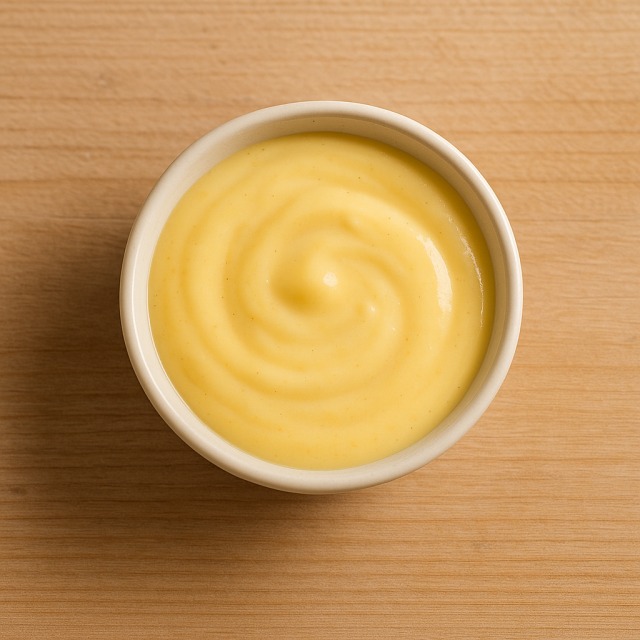
Hollandaise sauce - 100g
Calories 300 kcal
Proteins 1 g
Lipids 31 g
Carbohydrates 4 g
Classic hollandaise sauce is considered a high-calorie condiment: those 300 kcal per 100 g come mostly from butter fat. If you are tracking calories, a small spoonful goes a long way.
Because it is prepared with butter and egg yolk, hollandaise supplies fat-soluble vitamins A, D, E, and K, as well as choline and vitamin B12. A moderate intake contributes to the absorption of the carotenoids found in vegetables that often accompany it, such as asparagus. The sauce is also a source of selenium and phosphorus. However, the density in calories means that portion control is advisable for anyone monitoring daily calories.
Supposed cardiovascular benefits have been mentioned for the monounsaturated oleic acid present in butter, but these remain controversial and should be considered "supposed" rather than proven. Historically, hollandaise was first called "Dutch sauce" in 17th-century French cookbooks; chefs prized it for its silkiness and bright taste at a time when high calories were a sign of luxury.
To sum up: rich flavor, rich texture, and rich calories—enjoyed in moderation, this iconic sauce can fit into a balanced menu.
Tips for incorporating hollandaise sauce into a balanced diet
To keep calories in check while still enjoying hollandaise, use 1–2 tablespoons and pair it with low-calorie vegetables such as steamed broccoli, blanched green beans, or classic asparagus. The vegetables add fiber and volume with minimal calories, balancing the sauce's richness.
For a light brunch, prepare Eggs Benedict with a slice of toasted wholemeal bread, a poached egg, and a drizzle of hollandaise. Compared with restaurant versions, controlling the amount of sauce can reduce calories by half.
Grilled salmon or gently steamed cod gain flavor from a thin nap of hollandaise. Serve them alongside brown rice or a green salad to create a plate that supplies protein and complex carbohydrates while keeping added calories predictable.
If you are really watching calories, try a "blender hollandaise" made with a half-portion of light butter; the texture stays creamy, but you cut roughly 30 % of the calories compared with the traditional recipe. Remember: taste first, calories second—yet with mindful portions, you can have both.
Frequently Asked Questions
- How many calories are in hollandaise sauce?
- Hollandaise sauce provides 300 kcal per 100 g.
- Is hollandaise sauce suitable for a low-carb or keto diet?
- Yes. With only 4 g of carbohydrates per 100 g, hollandaise is very low in carbs; most of its calories come from fat, making it compatible with keto plans as long as overall calorie intake is managed.
- How can I reduce the calories in hollandaise without losing its silky texture?
- Replace part of the butter with light butter or whisk in a few tablespoons of warm vegetable stock; this can shave 20–30 % of the calories while maintaining emulsification.
- Which dishes pair well with hollandaise when counting calories?
- Try it over steamed asparagus, poached egg on wholemeal bread, or grilled salmon. Using modest portions of sauce keeps added calories reasonable.
Similar foods
Information provided by Calorie Menu may contain inaccuracies or errors. It cannot, under any circumstances, substitute medical advice or medication.
